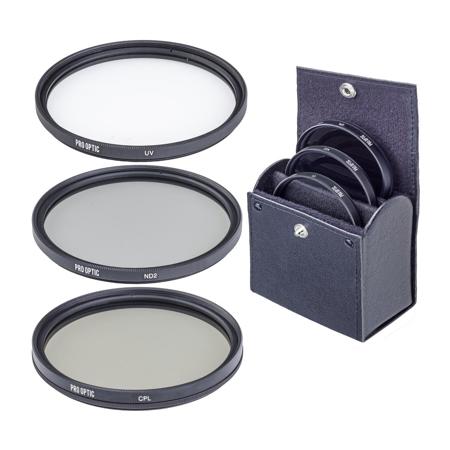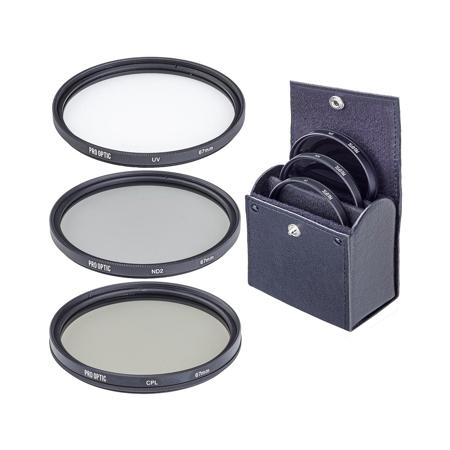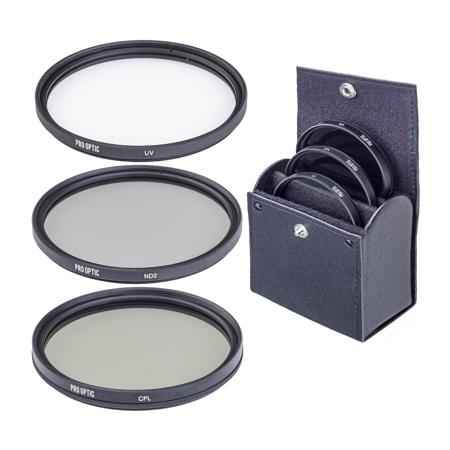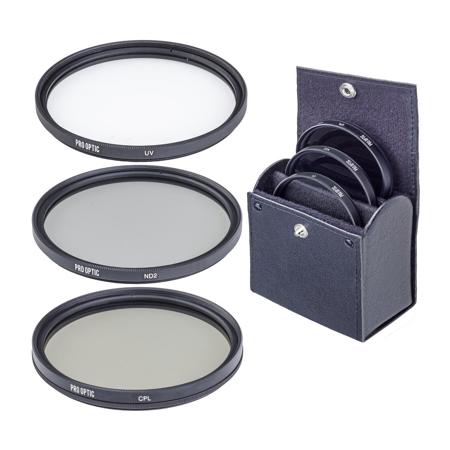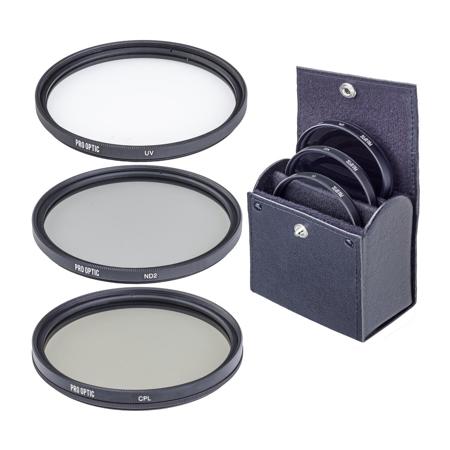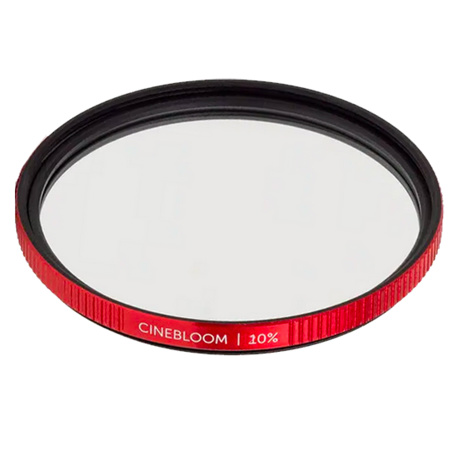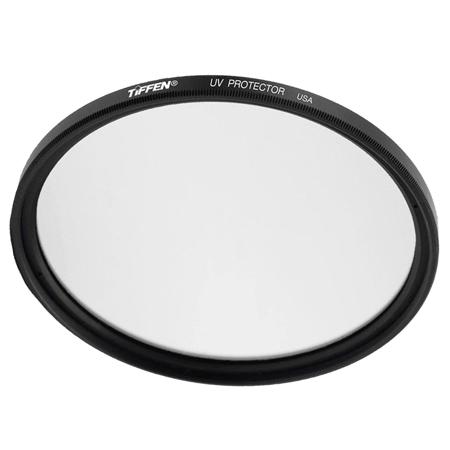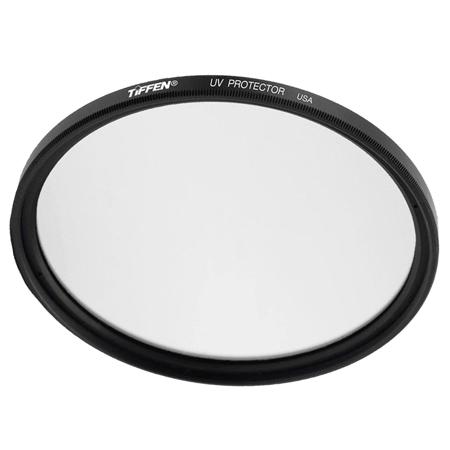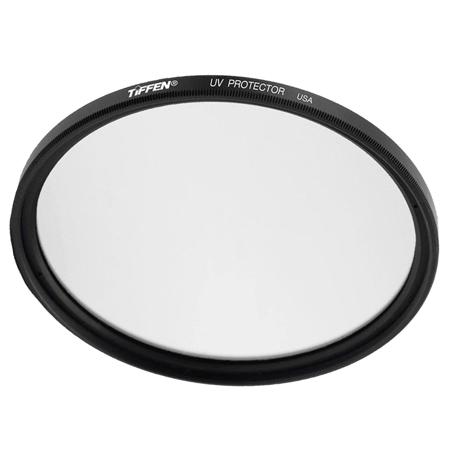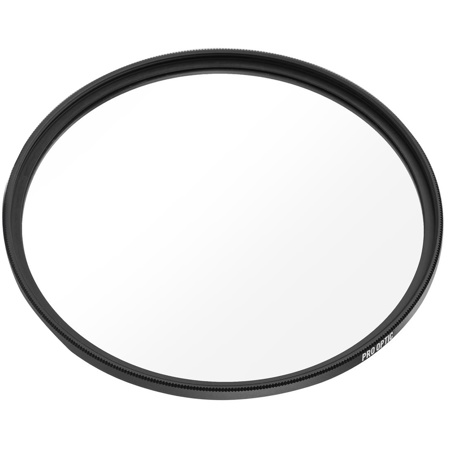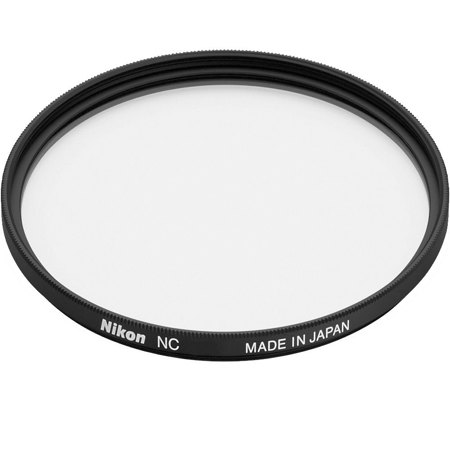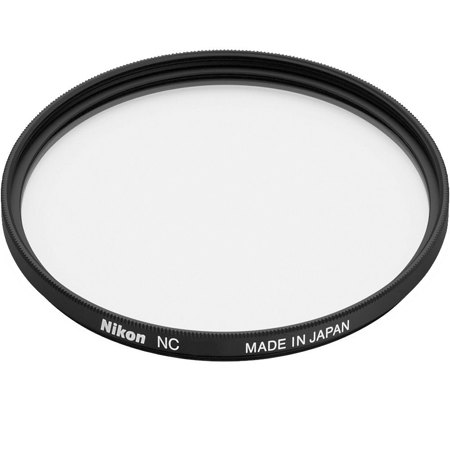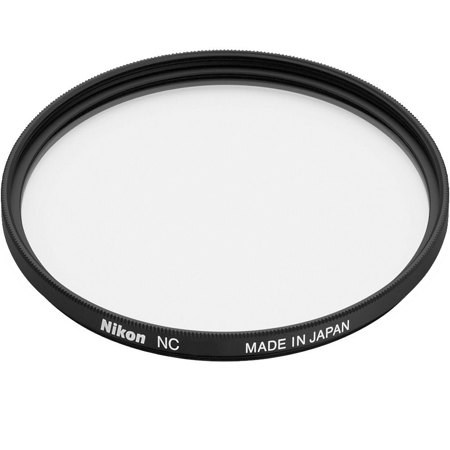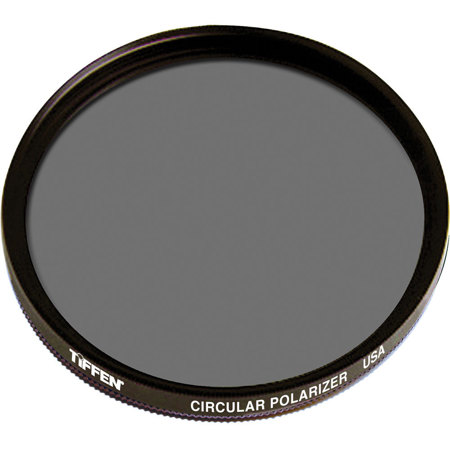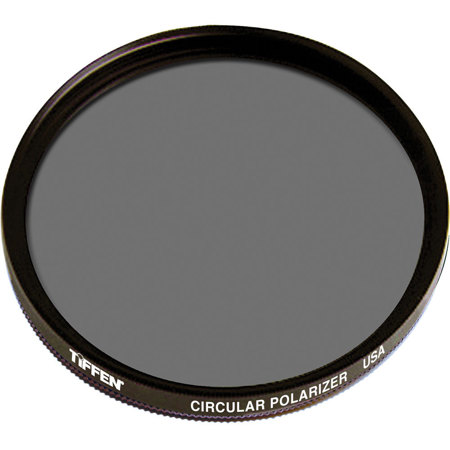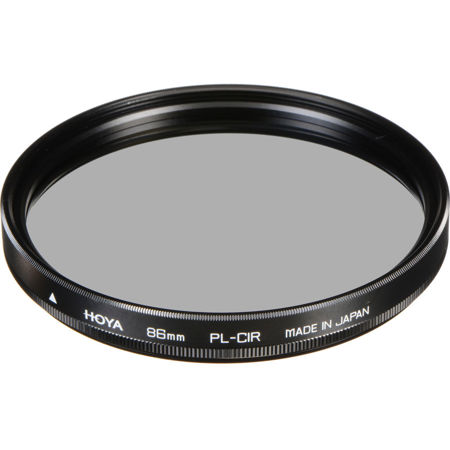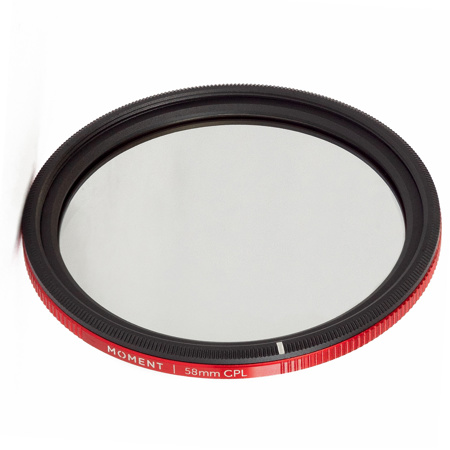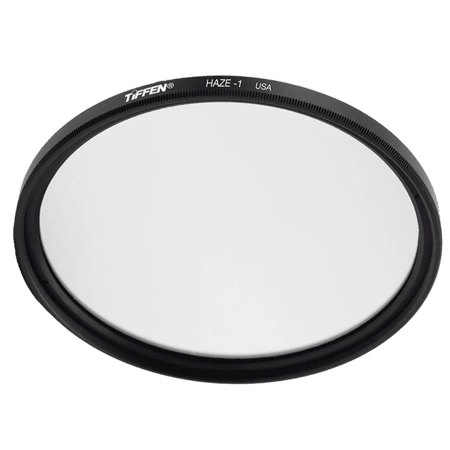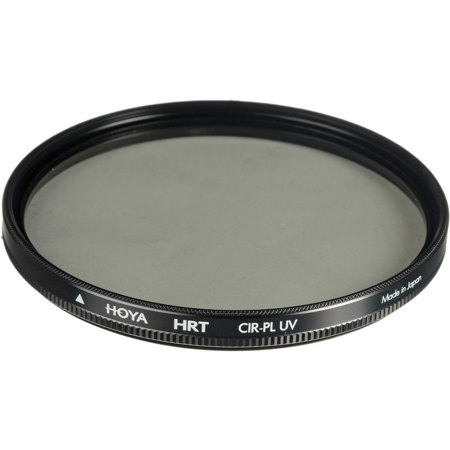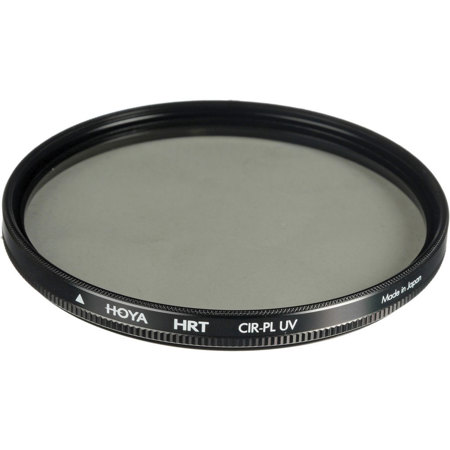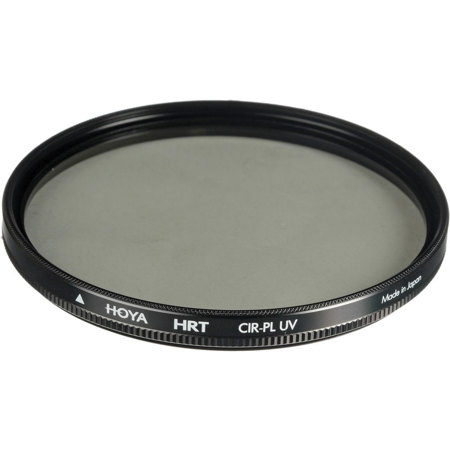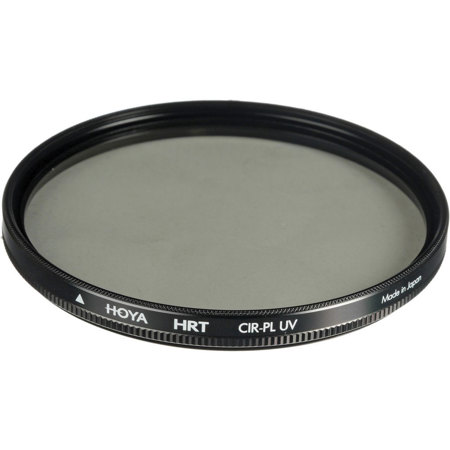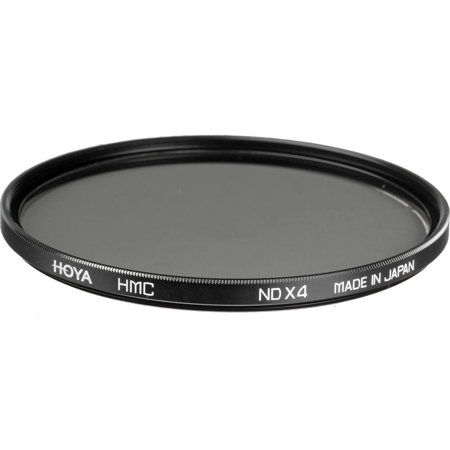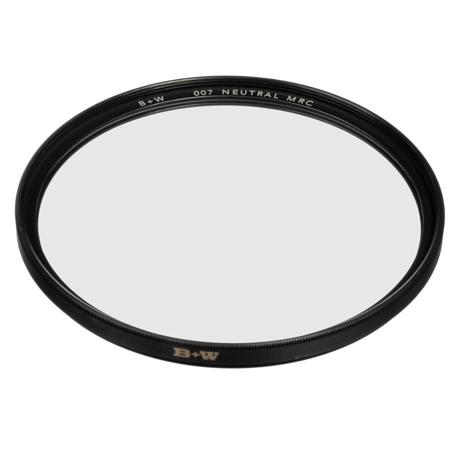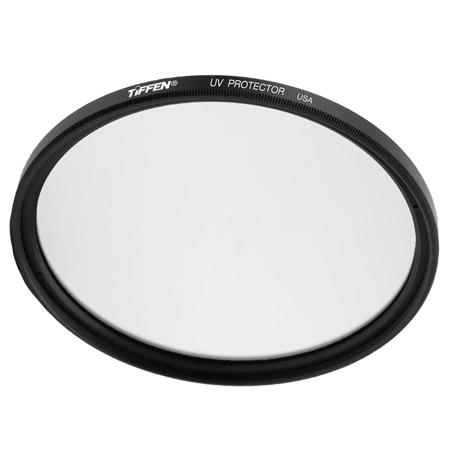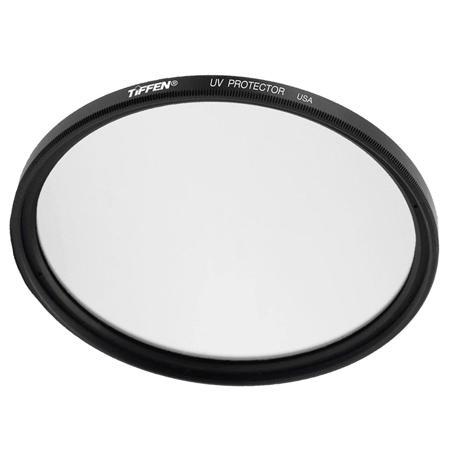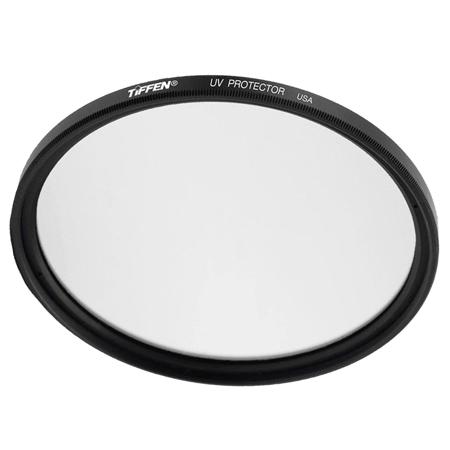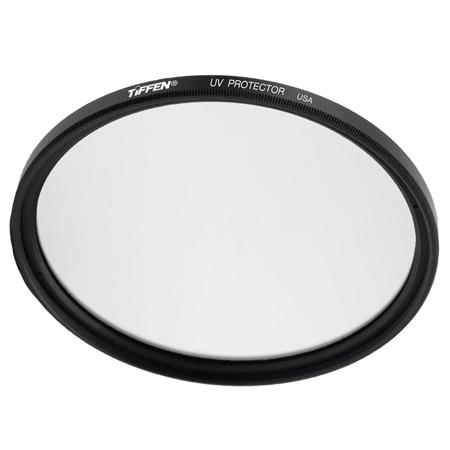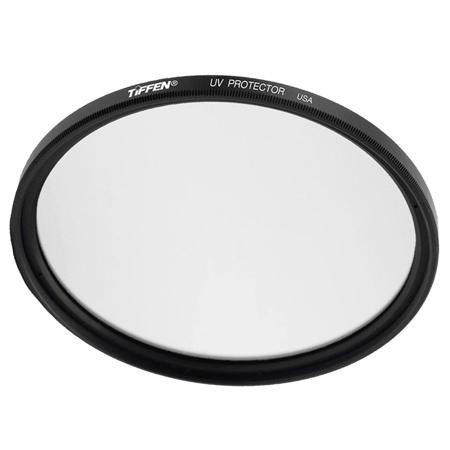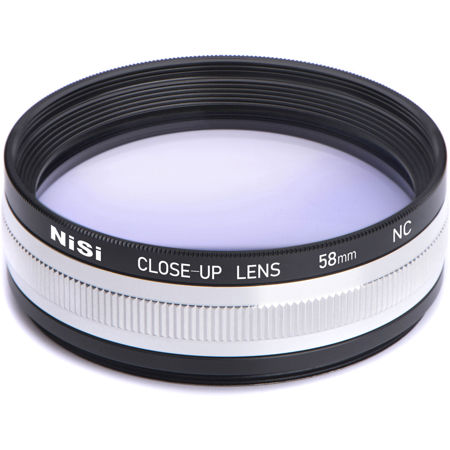Glass Camera Filters
In the world of photography, the pursuit of capturing the perfect image is often a blend of skill, creativity, and the right tools. Among these tools, glass camera filters stand out as essential accessories for both amateur and professional photographers. These filters serve a variety of purposes, from protecting the camera lens against scratches and dirt to dramatically enhancing the quality of the photos. For instance, a polarizing filter can reduce reflections and enhance the blues and greens in your landscapes, making your spring and summer photos pop with vividness that can rival the natural beauty you’re trying to capture. UV filters are another popular choice, especially useful during the bright, long days of May when the sun is particularly harsh. They help in reducing haze, allowing for crisper and clearer outdoor photographs.
Choosing the right glass filter camera can be akin to selecting a fine wine—it needs to complement the photographer's style and the nature of the shoot. For landscape photographers, a neutral density filter might be indispensable. It allows for slower shutter speeds in bright conditions, softening even the most turbulent waters into a smooth, serene composition. For those who often shoot in varied lighting conditions, variable ND filters offer the flexibility needed without the need to swap out filters continuously. These considerations are crucial not only for those looking to enhance their own photography but also when choosing gifts for photographer friends and family members. A thoughtfully selected glass camera filter can be a treasure, opening up new possibilities in a photographer’s creative journey, enabling them to manipulate and enhance light in ways that digital editing might not be able to replicate.
For photographers looking to explore beyond traditional glass filters, Camera Gel Filters offer a different approach. These filters, often used in artistic and experimental photography, can add vibrant colors and effects that might not be achievable with glass filters alone. As we embrace the warmer months, the opportunities for various photography projects abound—be it capturing the vibrant hues of a cityscape at golden hour or the tranquil dawn chorus in a blooming garden. Each filter, whether glass or gel, holds the potential to not only preserve these moments but to elevate them, turning a simple shot into a story told through hues, shades, and highlights. As photographers, the choice of filter could very well be the brushstroke that defines the artistry of the captured scene.
Choosing the right glass filter camera can be akin to selecting a fine wine—it needs to complement the photographer's style and the nature of the shoot. For landscape photographers, a neutral density filter might be indispensable. It allows for slower shutter speeds in bright conditions, softening even the most turbulent waters into a smooth, serene composition. For those who often shoot in varied lighting conditions, variable ND filters offer the flexibility needed without the need to swap out filters continuously. These considerations are crucial not only for those looking to enhance their own photography but also when choosing gifts for photographer friends and family members. A thoughtfully selected glass camera filter can be a treasure, opening up new possibilities in a photographer’s creative journey, enabling them to manipulate and enhance light in ways that digital editing might not be able to replicate.
For photographers looking to explore beyond traditional glass filters, Camera Gel Filters offer a different approach. These filters, often used in artistic and experimental photography, can add vibrant colors and effects that might not be achievable with glass filters alone. As we embrace the warmer months, the opportunities for various photography projects abound—be it capturing the vibrant hues of a cityscape at golden hour or the tranquil dawn chorus in a blooming garden. Each filter, whether glass or gel, holds the potential to not only preserve these moments but to elevate them, turning a simple shot into a story told through hues, shades, and highlights. As photographers, the choice of filter could very well be the brushstroke that defines the artistry of the captured scene.
